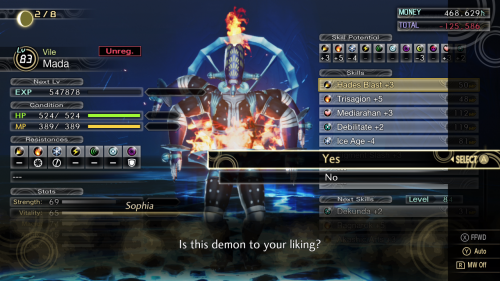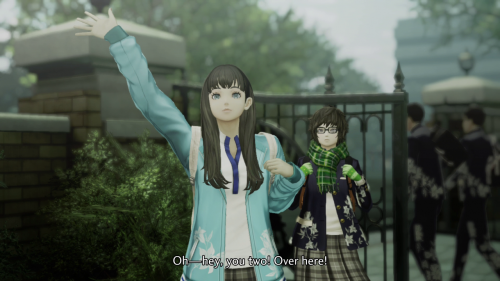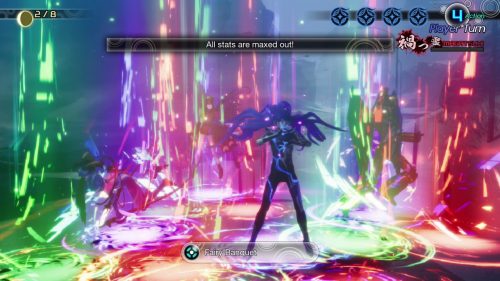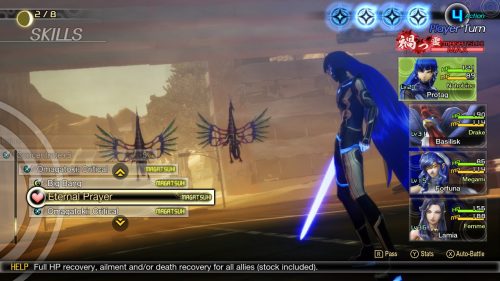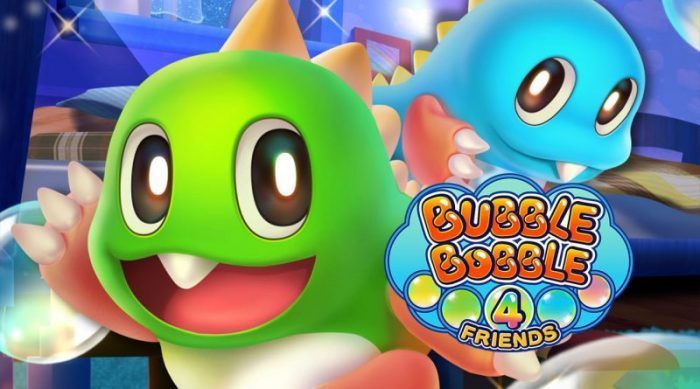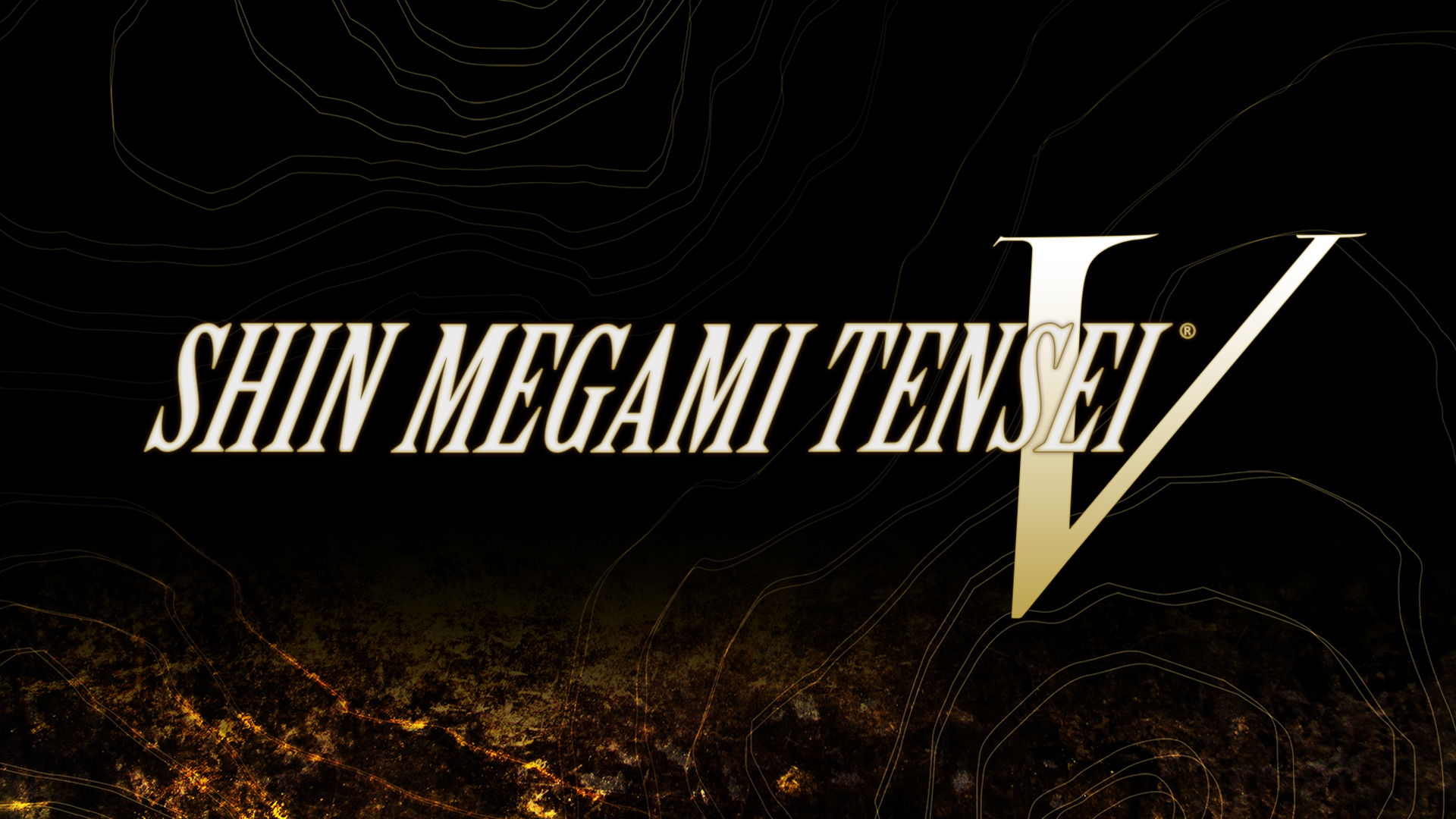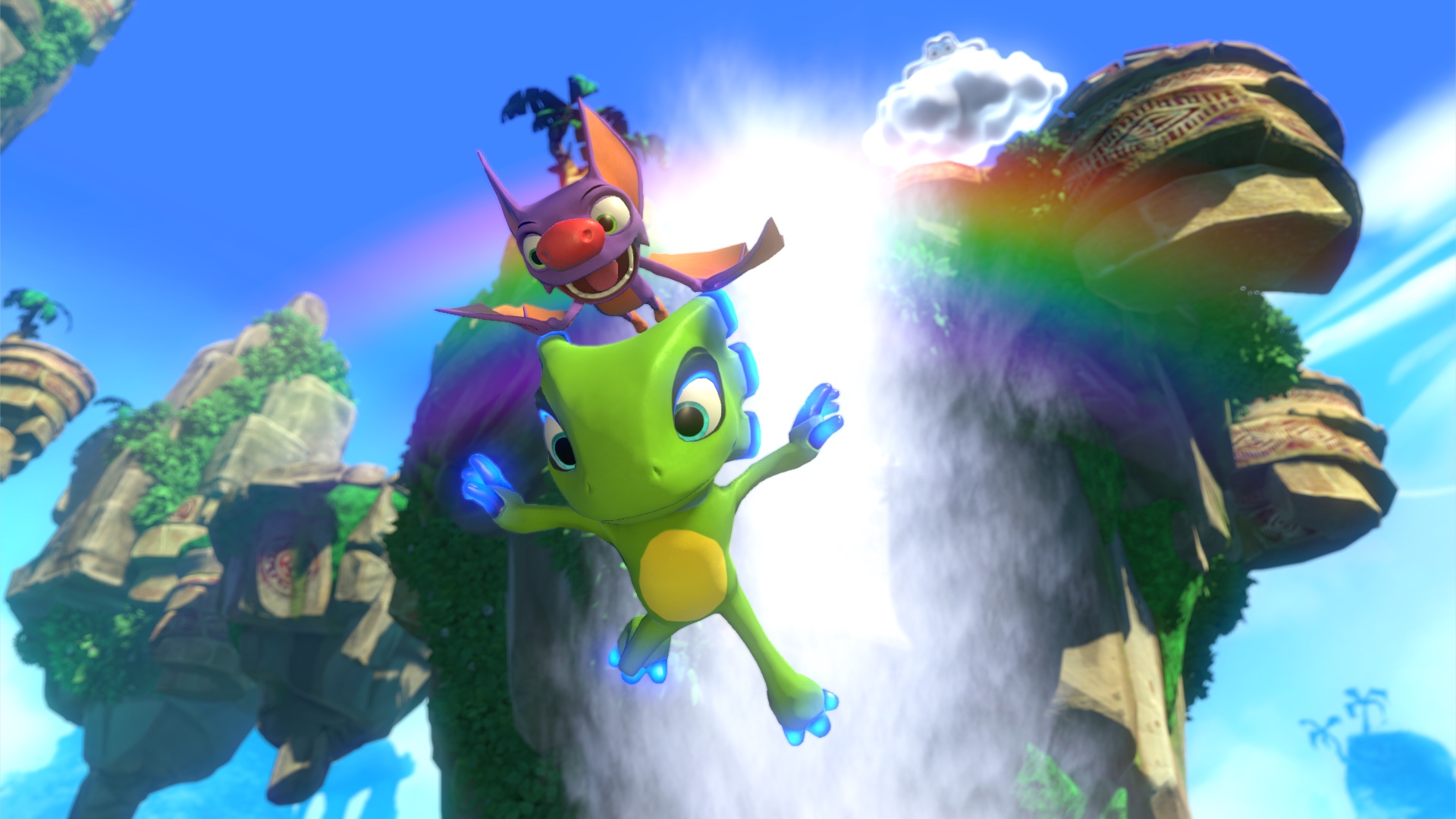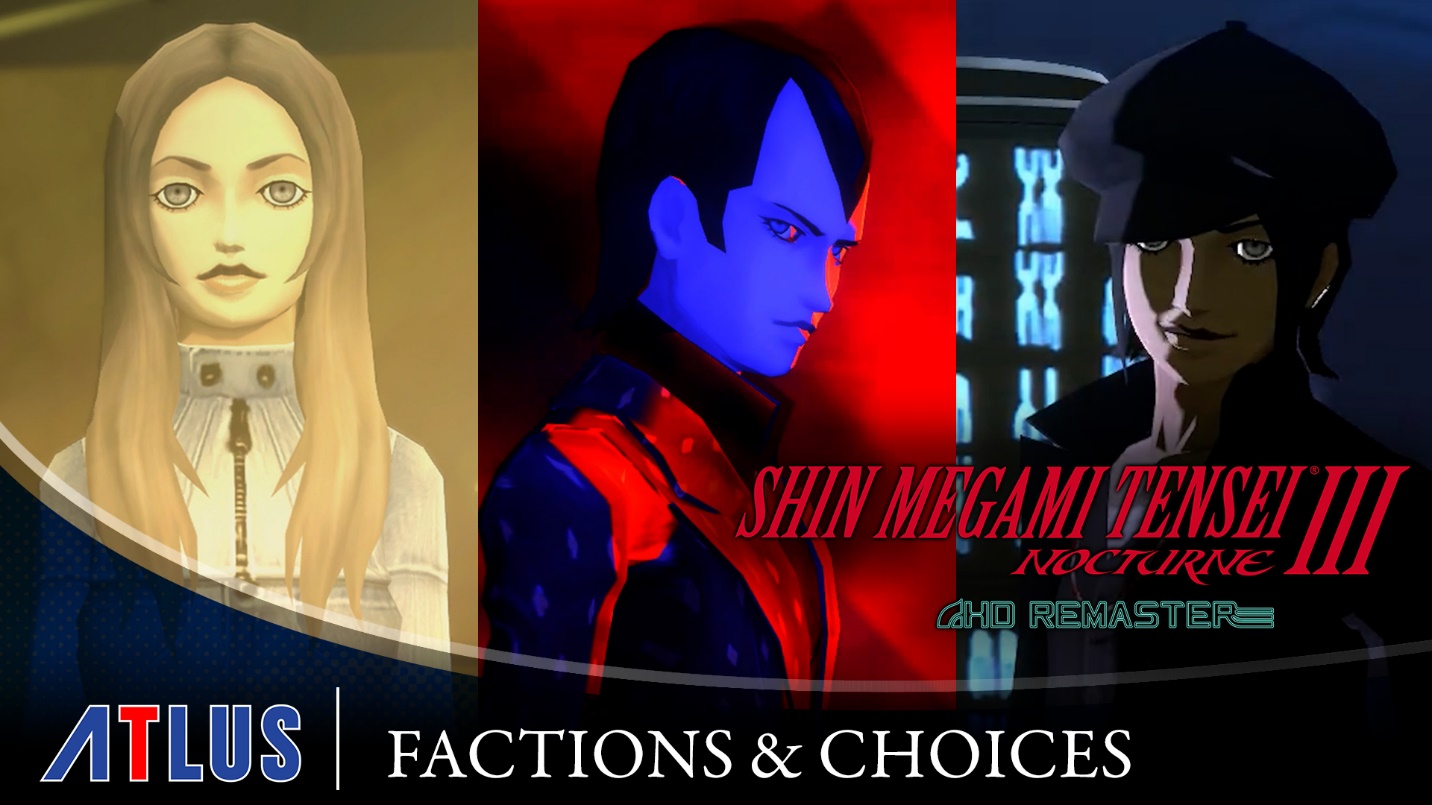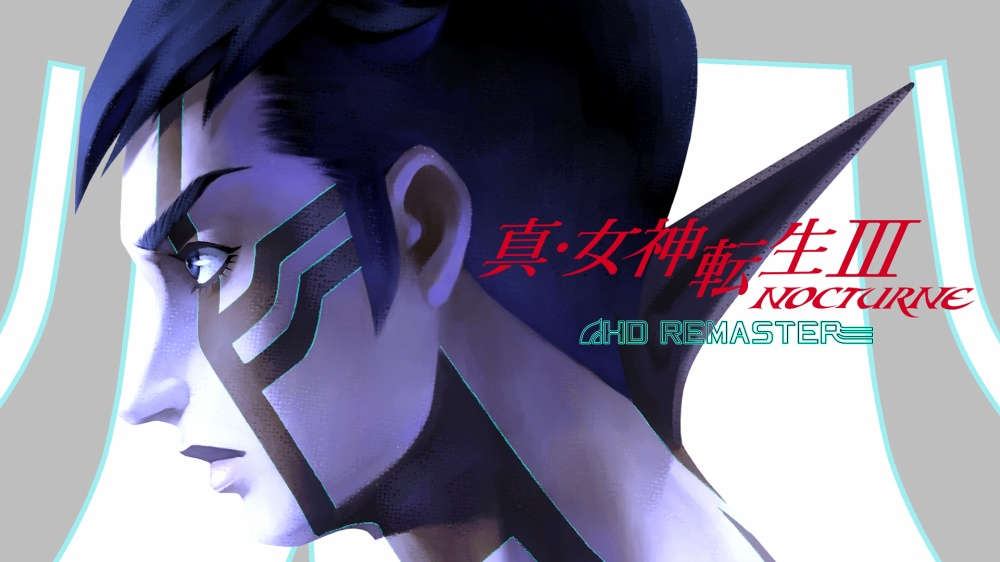
The 1980s has become known in Japan as the era of the Bubble Economy, a property speculation bubble that began sometime around 1985 and burst in early 1992, leading to the Lost Decade of the 1990s. The impacts of the period are still felt within Japan to this day. It’s also become romanticised and idolised by millennials on the internet.
This feeling for the era is perhaps best crystallised by Plastic Love, a citypop single originally released by Mariya Takeuchi in 1985, which gained a second life on the internet in 2017 when a user uploaded it and a glitch in the algorithm recommended it to just about everyone on Youtube for a time.
As one comment on that video pointed out, the song evokes nostalgia for a time and a place never experiences, an impossible, intangible reality we can never go back to.
Playing Shin Megami Tensei V triggered a similar nostalgia in me. Not only is this the fifth mainline game in a series that stretches back to the Bubble Economy, but it also retains the traditional turn-based JRPG mechanics and unique, engaging story. It also evokes a personal nostalgia for the period in the early 2000s when I was deep into Shin Megami Tensei: Nocturne, the third game in the series.
Despite the colossal number of games in the series (there are over 50 now), Shin Megami Tensei V is, as the title suggests, just the fifth mainline game, following up from the still 3DS-exclusive Shin Megami Tensei IV and its updated re-release, Shin Megami Tensei IV Apocalypse. In the time since then and now, however, a franchise juggernaut has emerged in the form of Persona 5, a game that both outdoes and outshines its sibling titles.
If you’re familiar with Persona 5, but you’ve always been scared off by reports of the difficulty of the mainline series (there are people who still suffer trauma flashbacks just thinking about Nocturne’s Matador boss), then you can relax because, in a rare nod to modernity, SMTV includes two easier difficulties, one of which is a freely downloadable casual mode that entirely trivialises combat. There are, of course, still the normal and harder difficulties as well, which are exactly as punishing as fans of the franchise will expect.
To expedite this review, I will admit to playing on the second-easiest difficulty just to ensure I could get deep into the game in the time I had to review it (which, if I’m being honest, was really just the countdown timer to release of Endwalker, but that’s for another review). I did start on the normal difficulty (the game doesn’t penalise you for switching difficulties, though you can’t switch back to the hardest difficulty if you choose to switch away from it) before realising that I needed to just get through the game. And, with that said, it’s not like easy is especially easy. The primary difference between difficulties is where the enemy levels are set when you fight them, and easy puts them at around the same level as you, with the exception of bosses.
If easy is still too hard, you can download an even easier casual difficulty for free. This sets enemy levels well below your party—10 levels or more in some cases—and the game becomes a genuine cakewalk. I tried this difficulty just to see what it felt like and decided to switch back to easy. If you’re used to, say, Persona 5, then easy will feel about the same, with normal and hard stepping up from there. There’s no penalty for changing difficulties, however you must choose hard at the beginning of the game and you can’t switch back to it if you turn the difficulty down.
Speaking of Persona 5, if you’re only familiar with that game or its series, then you might wonder what makes mainline SMT different. In the same way you can tell a Final Fantasy gamer by the elixirs, potions, phoenix downs, firagas, curagas and other assorted things that the games all share, so too can you tell that SMT and Persona share a lineage by the spell names, items and enemy types that appear.
The differences are primarily in how the story is told and how combat proceeds. In Persona games, the story takes place according to an internal calendar, and you’re generally a high school student who has to fit school life in and around bouts of hunting demons. Probably the easiest way to say it is that the visual novel elements of the Persona series are absent in the main SMT series (that said, SMTV does put you in the role of a high school student, but there’s no overall time limit on the game as Persona games have).
In SMTV you are an ordinary school student who goes to the most fashionable school in Tokyo (seriously, the school uniforms are fire), and who, when things start turning post-apocalyptic (as they tend to do in SMT), fuses with a demon to become the Nahobino, a human-demon hybrid that can wield incredible power on their own.
You won’t be alone for long, as the other major difference between SMT and Persona emerges. In Persona, your party consists of your and your friends, who all have the power of summoning personas—special demons that you call on (think stands from JoJo’s Bizarre Adventure for reference)—to fight your enemies. In SMT you instead fight side-by-side with demons you have convinced to work with you rather than for the bad guys.
It’s a subtle difference, but it plays into the demon fusion system and makes recruiting and party management much more important than in Persona. Whereas in Persona only the main character can summon multiple personas, and party management is mostly about which of your friends (and their one persona) to use at which points, in SMTV you need to ensure you have the right demons for the job to fight alongside you, and to merge those demons with others to create ever more powerful demons.
In other words, it’s basically Pokemon with demons and, in fact, the SMT series predates Pokemon by a good 10 years so, uh, I guess Pokemon is basically SMT for kids?
The combat itself is the most refined version of SMT’s Press Turn system that there’s ever been. If you only know Persona 5, then things may seem different at first, but they’re not actually all that different. Essentially battle consists of two phases: Player and Enemy phase, and players and enemies can only attack during their phases (barring counterattacks, of course).
Striking an enemy’s elemental weakness grants an extra turn in the player phase, and an attack getting blocked will cost an additional turn. This is the core idea of the Press Turn system, and it’s similar, but not identical to, the 1 More system in Persona. Determining an enemy’s elemental weakness is paramount to success in SMTV, as the additional turns can be the difference between winning a battle without giving the enemy a chance to fight back, and getting destroyed by that same enemy.
It’s fun, engaging and very traditional menu-based JRPG combat. You won’t find Final Fantasy VII Remake-style real-time action here. SMTV rocks it old school and it’s proud to do it. That doesn’t mean the battles are dull or boring. Every attack or spell has a flashy animation, and the elemental push and pull of battle keeps things interesting throughout.
Outside of battle, SMTV’s biggest flaw reveals itself almost immediately: The fact it’s running on Unreal Engine 4. That wouldn’t be a problem in and of itself, UE4 is a fine game engine on any other platform. Unfortunately, on the Switch, it runs like complete garbage, and SMTV suffers dramatically due to this. The framerate is very inconsistent, and almost never hits the intended target of thirty frames per second..
Movement around the game world is choppy and barely responsive a lot of the time, especially in the open desert areas that make up the early stages of the game. The run function, which causes the Nahobino to go full Naruto-run, is ruined by the framerate and the fact that movement in this mode is automatic until you press run again.
Cutscenes, most of which are rendered in-engine, also suffer from framerate problems, with one early cutscene chugging severely as it tries to keep up. I’m no Digital Foundry, but even I can see that this game has serious performance issues. So far, no patches have come to fix them, and I doubt they will. Your best bet, if you want a better performing version of the game, is to hope that Atlus deigns to release a port to PC or a current-gen console, where all of these issues will disappear.
Artistically, the game does look really nice. This is the first time that a new SMT game has had to target HD resolutions so all the classic demons got a nice visual upgrade over their SMTIV and Nocturne iterations. The Nahobino himself looks amazing, with his flowing blue locks and traditional Atlus art style.
In fact, my only real criticism for SMTV beyond the performance is the music. If you go into this expecting another set of Shoji Meguro bangers, you’ll be disappointed. A lot of it is a chaotic, discordant mess. That’s fine—I’m a fan of Acreil and Autechre as much as the next person—but nothing really sticks out as a banger. The main battle theme, likely the music you’ll hear the most, is no P5 battle theme, that’s for sure. I do like how it plays a quiet, long note that holds until you initiate the first attack, though. That’s a cool touch and I wish it led into a better song.
For a series that began in the Bubble Economy, the fundamentals of Shin Megami Tensei have aged as well as Mariya Takeuchi’s classic song. The traditional elements of the series that were laid down back then have been brought forward, touched up, and improved upon with each new iteration and spinoff, and SMTV is the best iteration of the mainline series yet. While it likely won’t have the same cultural impact as Persona 5 did, it’s no less of a game for it, and those who seek out this challenging but rewarding JRPG, whether because they’re long-time series fans or because they came to the series recently due to Persona 5, will find one of the best JRPGs of recent years. Beyond its rough edges, this is the best JRPG on the Switch right now, and very much worth your time.
Traditional turn-based JRPG action
Engaging story
Easily the best game in the SMT series yet
Another Switch Unreal Engine game with serious performance issues that keep it from true greatness
The soundtrack isn't exactly a banger

